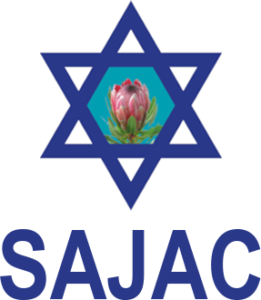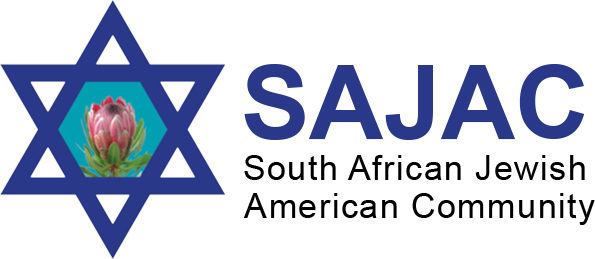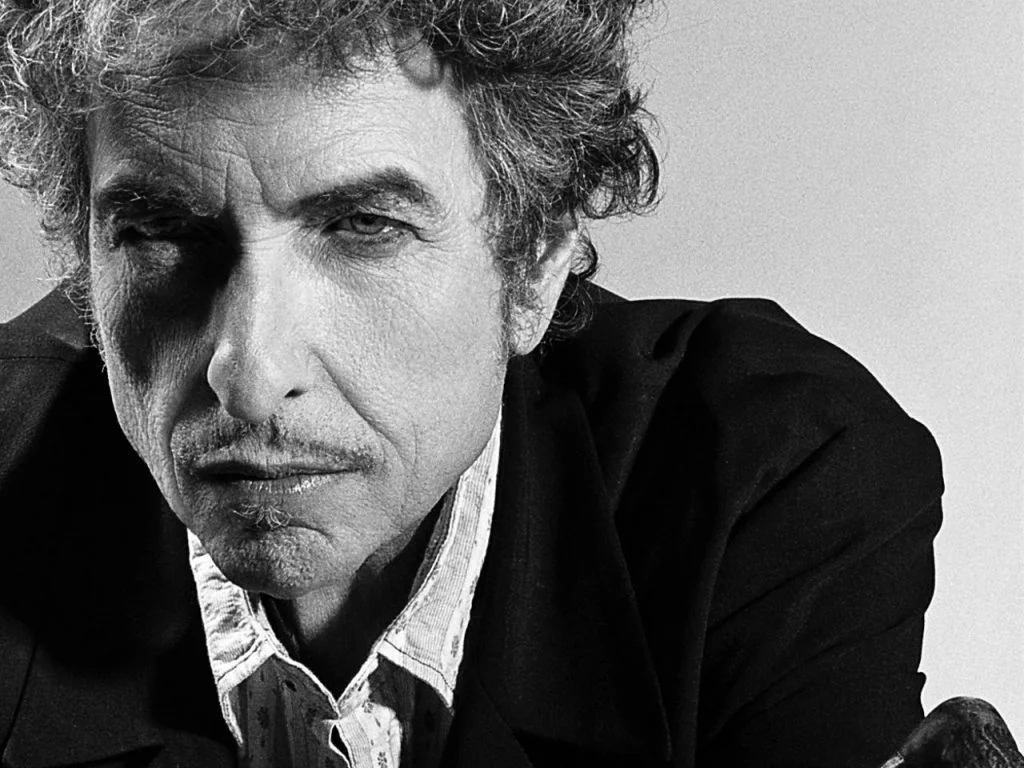History of Litvaks – Jewish heritage in Lithuania
 The Litvaks, or Lithuanian Jews, have descended from the Germanic group of Ashkenazi Jews. During the development of the Grand Duchy of Lithuania, in the 14th century, they were granted political and economic privileges in order to attract their migration to Lithuania and to develop trade and crafts in large cities. This led to the growth of the Jewish community in Lithuania, which in its heyday accounted for about 10% of the total population of Lithuania.
The Litvaks, or Lithuanian Jews, have descended from the Germanic group of Ashkenazi Jews. During the development of the Grand Duchy of Lithuania, in the 14th century, they were granted political and economic privileges in order to attract their migration to Lithuania and to develop trade and crafts in large cities. This led to the growth of the Jewish community in Lithuania, which in its heyday accounted for about 10% of the total population of Lithuania.
The etymology of the word “Litvak”
The Slavic name for the Lithuanian state, Lithuania, is the source of the word “Litvak”. Lithuania in most of the Slavic languages is called Litva and the term Litvak simply evolved to mean Lithuanian Jew. Litvaks were Jews who immigrated to the Belarusian, Lithuanian, and Ukrainian parts of the Grand Duchy of Lithuania from Germany, the Czech Republic, and Poland.
From the initial wave of migrants from different European countries, a large Jewish community with its own customs, traditions and way of life gradually emerged. This community developed distinctive characteristics that are known historically as “Nusakh Liti” (Lithuanian way of life, way, manner). Based on these traits, Jews from Lithuania were referred to be “sheivet litvakes” (from Yiddish: “tribe of Litvaks”).
Common surnames and famous people
A common surname of many Litvak Jews was simply Litvak (or Litvakov). Also, some surnames originated from the names of the cities with large Jewish communities, like: Vilnius – Vilenski, or Kaunas – Kovner. Additionally, some surnames originated from the professions and crafts such as: butcher – Shochet, Glassblower – Glazer.
Bob Dylan is one of the most famous descendants of Litvaks
Among the famous Lithuanian Jews and their descendants were many scientists, writers, artists, political and religious leaders, as well as Nobel Prize winners. Everyone knows the names of Leonard Cohen – singer-songwriter, poet and novelist from Canada; Bob Dylan – one of the greatest songwriters of all time from the US or David Suchet from the UK– who plays the role of Hercule Poirot in the popular series based on the works of Agatha Christie.
The resettlement of Litvaks
During the 18th century, a growing number of Jews spread across the territory of Lithuania, where they became a significant force in developing the country’s economy, trade, and crafts, and which aided the expansion and development of both old and new cities and towns.
During that period the capital of the Grand Duchy of Lithuania, Vilnius, gradually replaced Brest as Litvaks’ spiritual center. Vilnius’ Jewish population expanded, together with the number of religious scholars living there. Jewish communities were given a considerable degree of political autonomy and had similar status to monks, burghers, and peasants in the Polish-Lithuanian Commonwealth as a whole.
They had a right to reside among the Christians in their neighborhood and a separate code of laws “Jewish law” was used as the basis for their own self-government. The Jewish communities were allowed to form their autonomous national administration.
At the end of the 18th century (1792–1795), Lithuania was completely annexed by the Russian Empire. The loss of Lithuanian independence also adversely affected Litvak communities. The Russian Empire decided to restrict the migration of Jews and their settlements were limited only to some areas of Lithuania, Belarus, and Ukraine, the so-called “strip of settlement”.
This area, which had a high density of Jewish residents compared to other parts of the Russian empire (and many European countries), was sometimes known as “Yiddishland” (“Land of the Jews”).
Jewish community before the WW2
During the WW1 most of Lithuania’s territory turned into a battlefield between the Russian and German Empires. After Russia incited the war and civil war broke out, Vilnius was successively captured by Polish and Soviet-Russian forces numerous times in 1919–1920. Polish and Soviet armies alternately controlled Vilnius on several occasions, while the emerging Lithuanian Republic was also trying to establish control over its historical capital.
However, Lithuania’s success was short-lived and Vilnius was forcibly integrated into Poland in 1922. During this period of fighting between Germany, Russia, Poland and, eventually, Lithuania the Jewish community suffered.
The Lithuanian Jewish community, whose center was in Kaunas, the country’s temporary capital, and its numerous leaders actively participated in the creation, development, and armed defense of the Lithuanian state as well as in diplomatic efforts to have it recognized internationally. Jews made up more than 500 of the volunteers who fought for Lithuania’s freedom during this period.
The 1922 Constitution of the Republic of Lithuania included a clause stating that all people were treated equally in the eyes of the law. According to a separate provision titled “Rights of National Minorities,” minorities were given a certain degree of autonomy in managing matters related to their national culture, education, charity, and mutual aid, to the extent permitted by the law. To run their affairs, communities elected their representative bodies.
The so-called “honeymoon period”
The “honeymoon period” is referred to in the historiography of Lithuanian Jews as a short period of 1919–1922. Jews had ministers as well as representatives in the Lithuanian Parliament (Seimas). The Jewish Kahals (Jewish communities) received extensive privileges under the 1920 law to manage religious affairs, charitable work, social assistance and public education.
Jewish organizations were very successful in accommodating thousands of Jews who had fled Soviet Russia during the period of the civil war there. Lithuanian Jews helped many of them to settle, find work, and to establish a vast network of educational, medical, charitable, social assistance, and cultural organizations.
Unfortunately, the influence of Lithuanian democratic political forces was getting weaker while right-wing parties were growing stronger like in many other European countries at that time. The state’s recognition of Jewish national autonomy, which included all of its organs, was progressively reduced until it was abolished.
This turn towards nationalism also impacted how Jews were portrayed in Seimas and the use of Yiddish in government institutions. The Minister for Jewish Affairs left the government in 1924. The Jewish National Council was abolished. The Jewish communal Kahals were disbanded in March 1926. The rabbis were given control over civil registration duties.
Litvak community in numbers
- In 1923, a population census was conducted in Lithuania, according to which 2.03 million people lived in the country. Of these, 154 thousand people identified themselves as Jews. Litvaks lived in almost every town and many larger villages.
- By 1939, the number of Jews in Lithuania had reached its peak of 210,000 due to immigration and the natural growth of the population.
- From 91% to 95% of the Jewish community remaining at that time in the country (about 195 000 people) were killed during the Second World War. In terms of the share of the community killed during the Holocaust, this figure is the highest Jewish loss in any country in Europe.
Unfortunately, some Lithuanians influenced by Nazi propaganda also participated in these events. While, at the same time, other Lithuanians were risking their lives by hiding and saving the victims. 918 Lithuanians are recognized by Israel as Righteous Among the Nations. These were people that risked their lives during the Holocaust to save Jews from the Nazis. This is the highest number per capita in Eastern Europe and the second highest in the world after the Netherlands. - Less than 25,000 Lithuanian Jews, were registered in the Soviet census of 1959 after the Shoah. The amount had decreased to 6,000 or less by 1993 mostly due to emigration to the USA and Israel. The community decreased further and as of 2011 had only about 3050 people.
Where do Litvaks live now?
The majority of Litvaks emigrated to the US, but ~15,000 decided to emigrate to South Africa once gold and diamonds were discovered there. Although they were frequently listed as “miners” when immigrating, they were mostly traders in items needed by miners.
Up to 75,000 Lithuanian Jews now live in South Africa. Many South African Litvaks during the last couple of decades migrated to other Anglophone countries (the US, Australia, Canada and the UK).
There were 576 South African-born Jews living in Australia according to the Australian census of 2001; during the next five years, that number had increased by 2% yearly and reached 637. After 2006 immigration to Australia from South Africa increased significantly and according to the 2016 Australian census 12,092 persons identified as South African Jews.
November 03, 2022
Information taken from LithuanianCitizenship.com
If you wish to contact them, here is their contact information
Mon-Fri, 09:00 am – 5:30 pm
EET (Eastern European Time)
https://www.lithuaniancitizenship.com/litvaks-history-jewish-heritage-in-lithuania/


